Tribest Greenstar 5 Juicer review – perfect, but it will cost you
The Tribest Greenstar 5 is the most versatile, masticating slow juicer on the market. Our experts testers put it to the test in our kitchen.
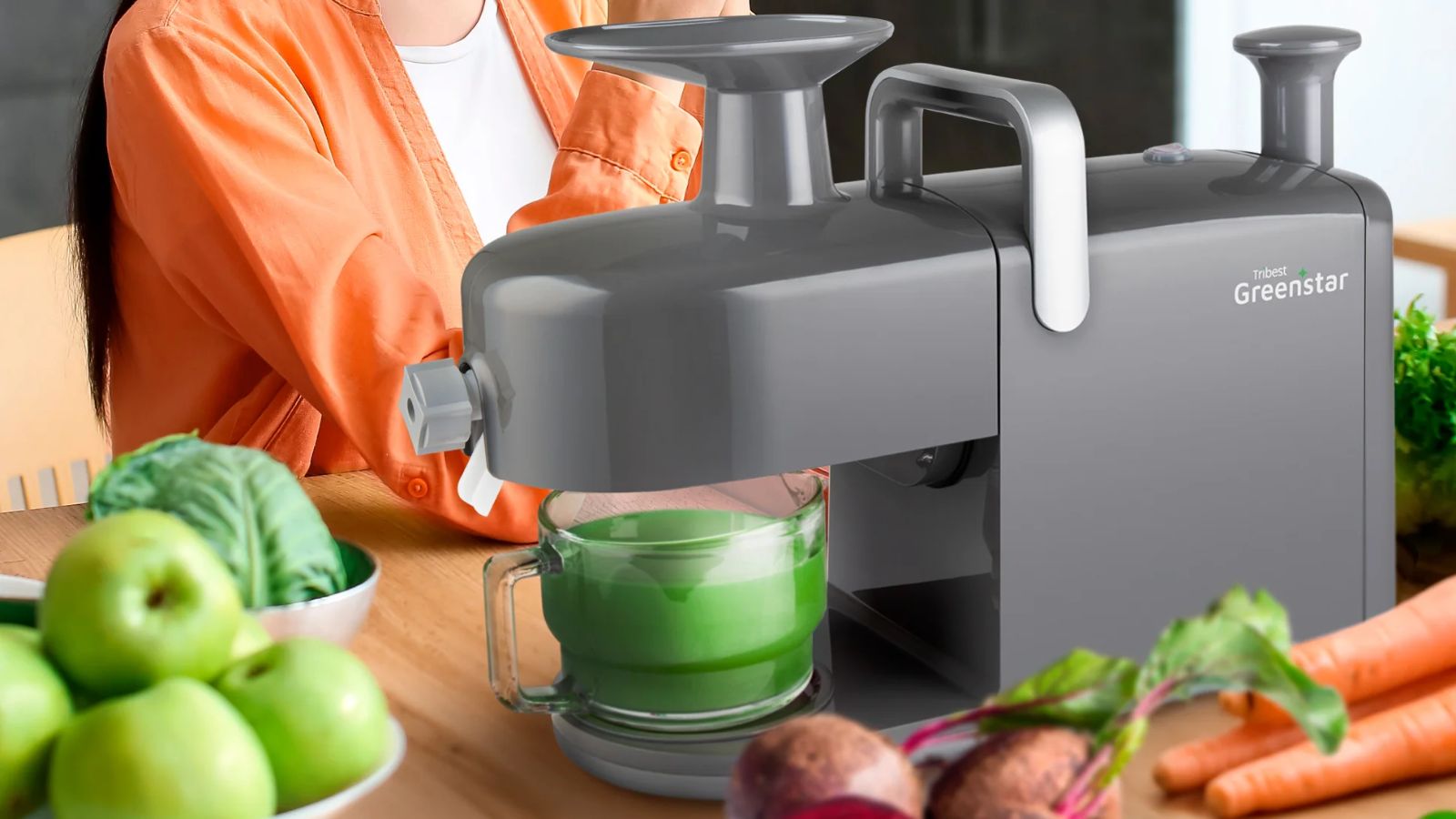
With the capacity to make juice, nut milk, sorbet, bread sticks, and drips, this is one of the most versatile juicer on the market. The process is very labor intensive, but the results are unrivalled.
-
+
Premium build inside
-
+
Makes incredible juice
-
+
Sensitive and technical controls
-
+
Very versatile functions
-
-
Narrow feeding chute
-
-
Manual effort required to push produce through
-
-
Heavy
-
-
Large footprint
-
-
Expensive
You can trust Homes & Gardens.

Juicers are real feel-good appliances, transforming raw vegetables into crisp, clean juices. Tribest’s GreenStar 5 masticating cold press juicer has taken it to the next level, offering not just juicing, but sorbet, pâté, breadstick, and dip functions. It’s a truly versatile appliance.
As a juicer nut, I couldn’t wait to test the Tribest. It has a reputation as one of the best juicers on the market, but it’ll cost you around $850. Top-line juicers usually top out at around the $600 mark, so this is a lot of money to spend on juice. I wanted to see how it would perform in-person, so I took it to our test kitchen where I made orange and carrot juice, green juice, sorbet, and almond milk.
I was expecting a lot from a juicer that costs nearly $1,000 and, in some respects, it really brought the game. It makes the best tasting juice we've ever made in the test kitchen. However, it's very labour-intensive for a machine that costs so much.
Specifications
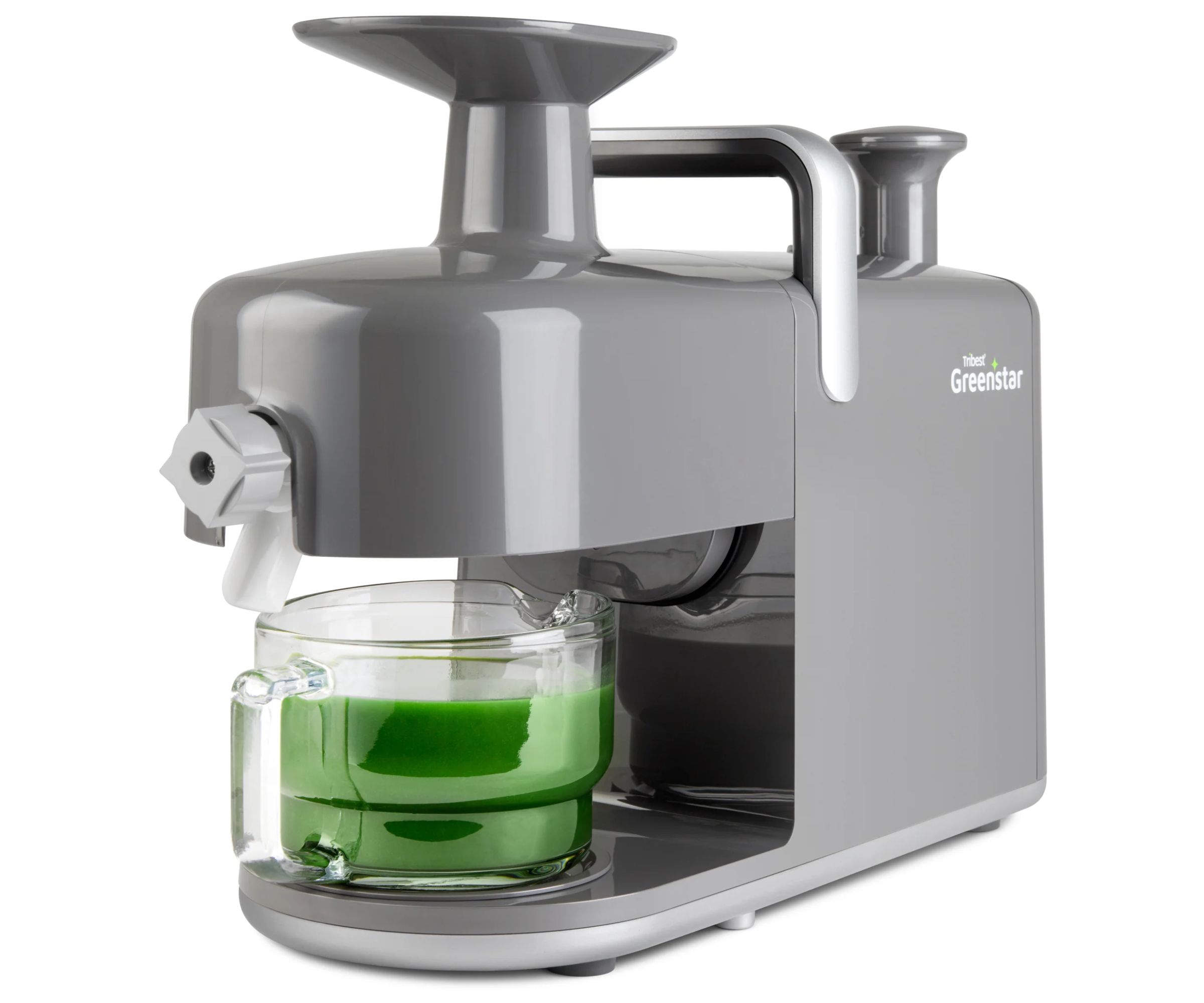
| Model number | GS5-2GY/WHY-B |
| Juicer type | Horizontal twin gear masticating slow juicer |
| Warranty | 15 years |
| Speed | 120 RPM, 60 Hz |
| Weight | 18 lbs |
| Dimensions | 20 x 7 x 13.8 in |
Who would it suit?
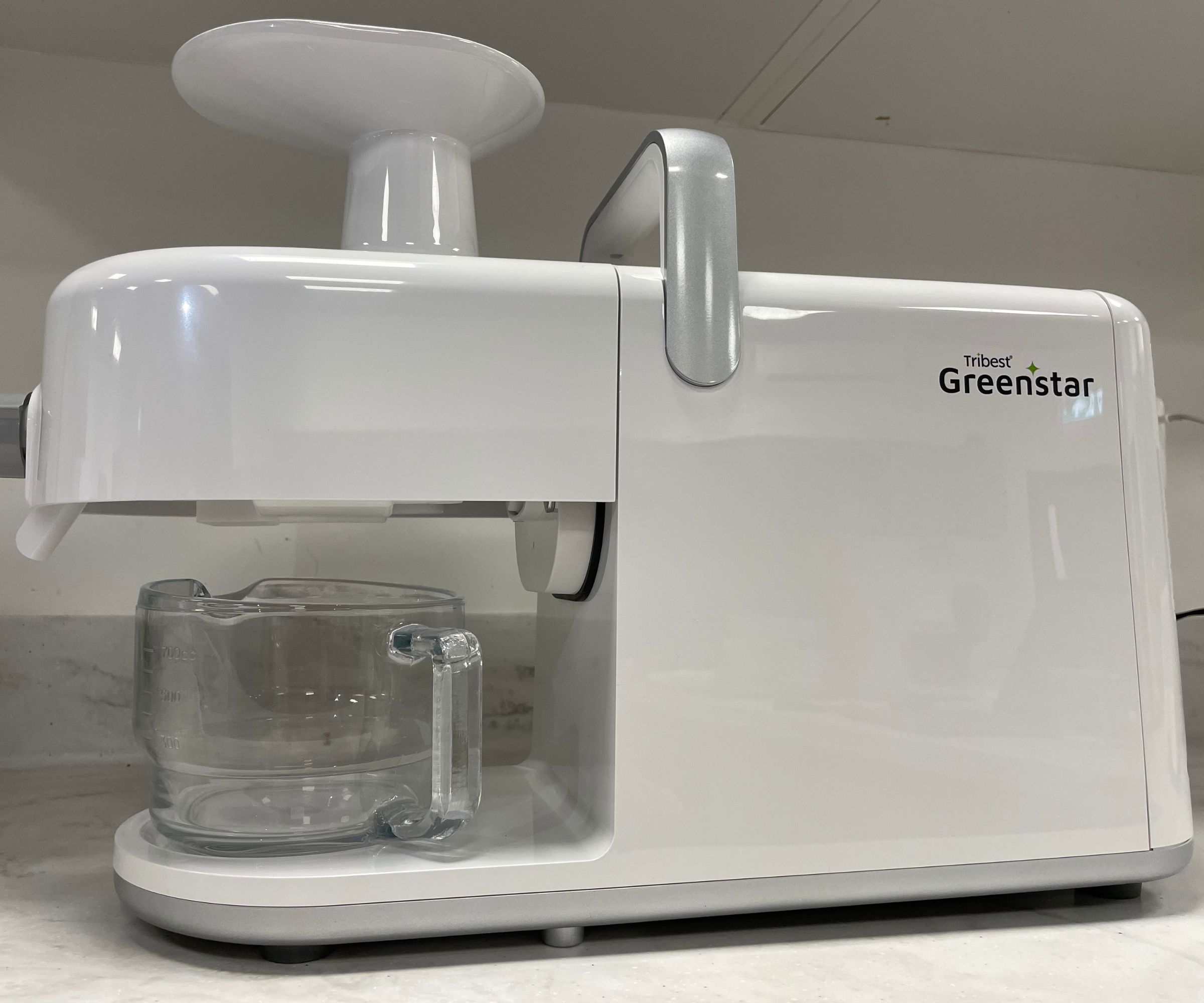
This is the juicer for foodies. It’s incredibly diverse in what it can do and that’s reflected in the price. The way to get true value for money out of an $850 juicer is if you’re using every single function: making dough, dips, sorbet, nut milks, and juices.
It's well suited to bigger homes where you'll be making big batches of juice. This have the capacity to run for forty minutes, so it can make gallons of juice. Another reason I'd only recommend this to bigger homes is that you’ll need space in your cupboards and on your countertop to pack this away. This is the biggest and heaviest juicer that I’ve tested.
Unboxing
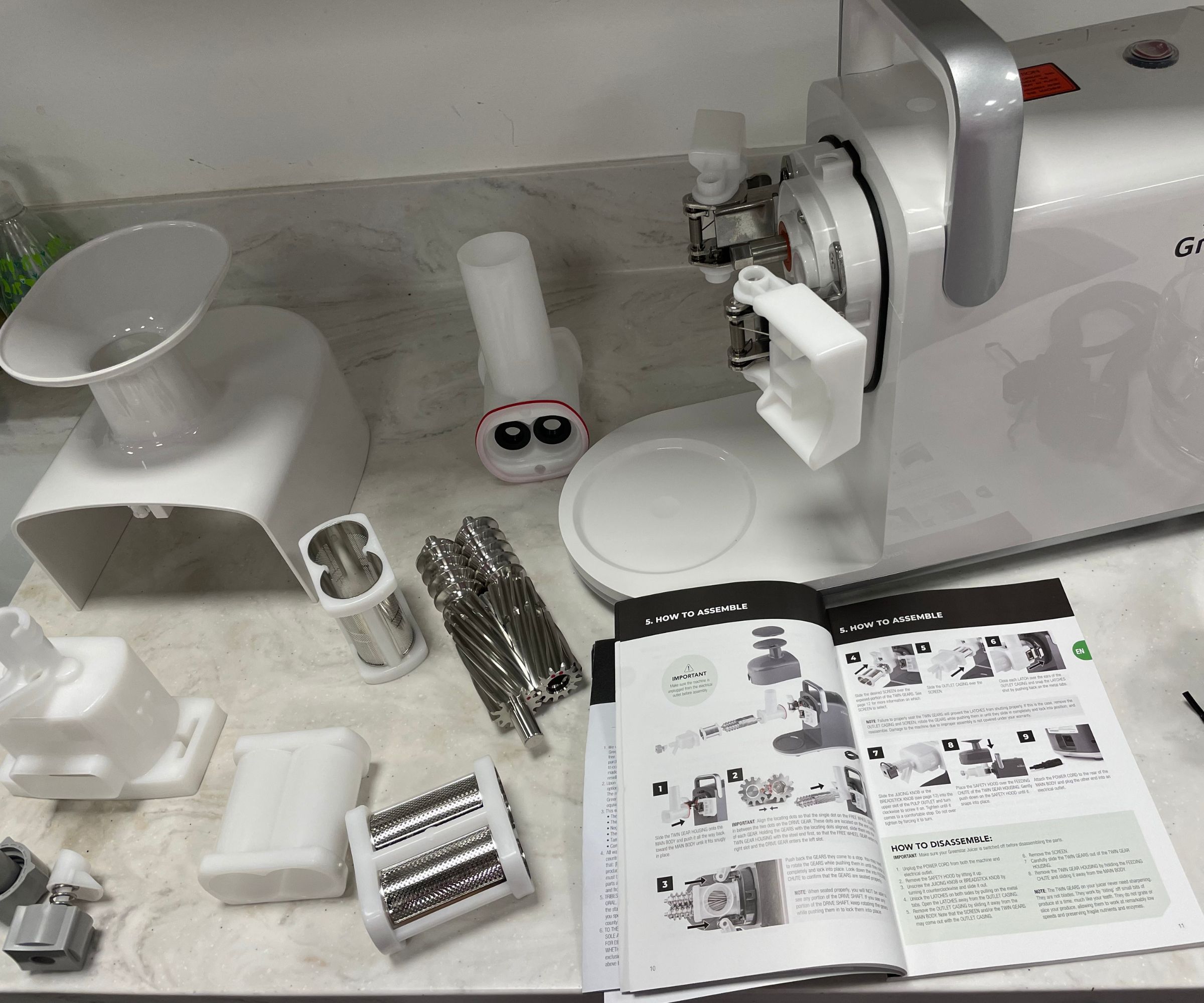
I’ll get straight to it: this is a huge and heavy juicer. Our team of experts had to unbox it on the floor because none of us wanted to hurt our backs when lifting it onto the countertop. The Tribest comes with a mixture of recyclable and soft plastic packaging. The majority of it can flatten down into cardboard, but you will need to put some in packaging general trash.
It takes up a lot of countertop real estate. We had a shiny, white model, with a plastic coating. The outside feels a little cheap, which surprised me given how heavy and expensive the Tribest is. However, I think this could have just been the colorway, because I've seen pictures of this in gray and it looks great. However, credit to the Tribest, it comes with a whole host of accessories: different attachments for making different foodstuffs.
What is it like to use?
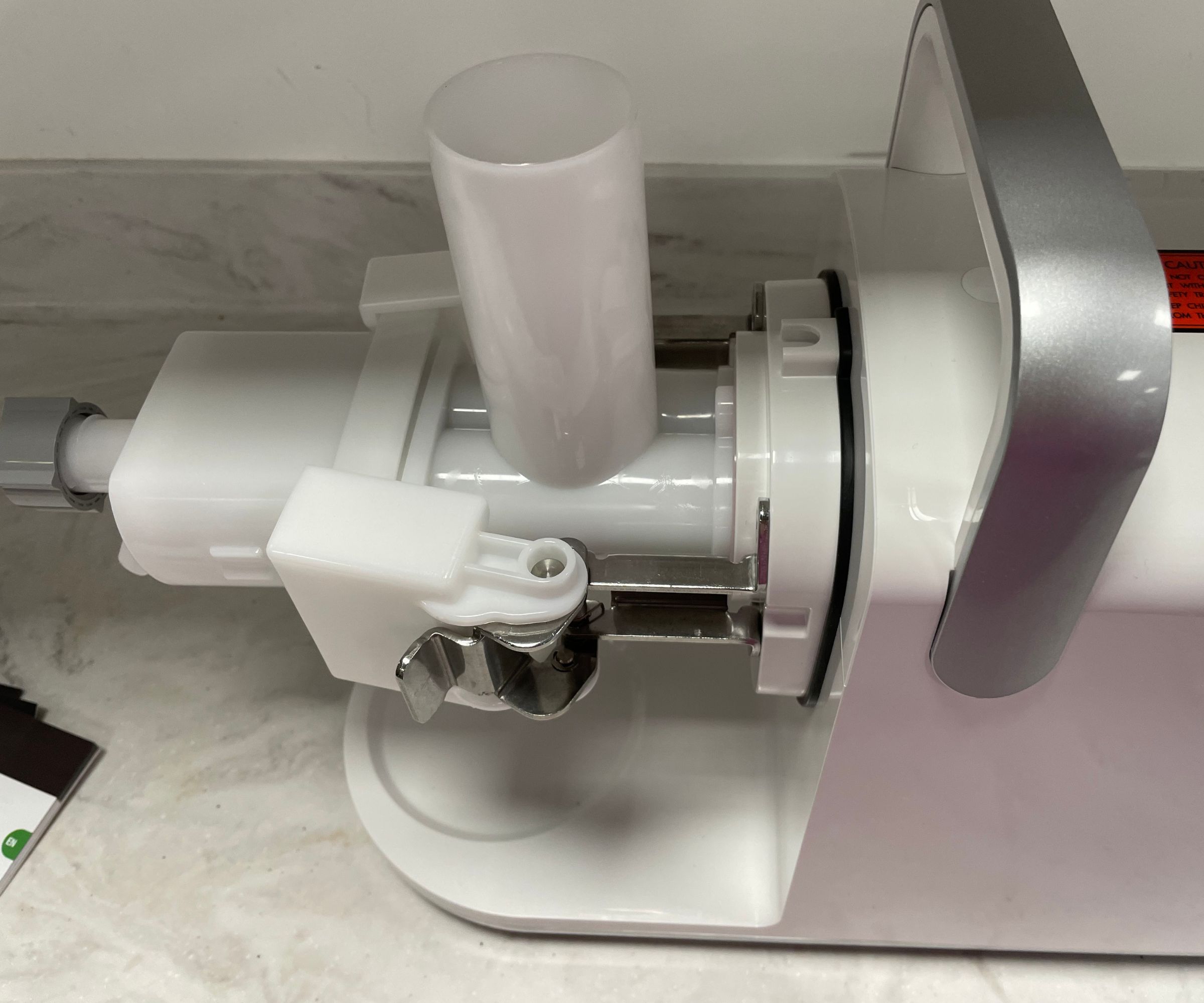
The Tribest comes assembled, ready for juicing, but we disassembled it to both check what it’s like to set-up and to make sure we definitely had the juicing function set-up. This aspect of the juicer is perhaps the least enjoyable part. It comes with lots of parts (because it can do so much), so you’ll need to be focused and devoted to properly assembling each part and pushing it firmly into the main body. However, one of my favorite things to come with the Tribest is the glass juice pitcher: thick, durable, and really easy to pour from.
Test 1: Orange juice
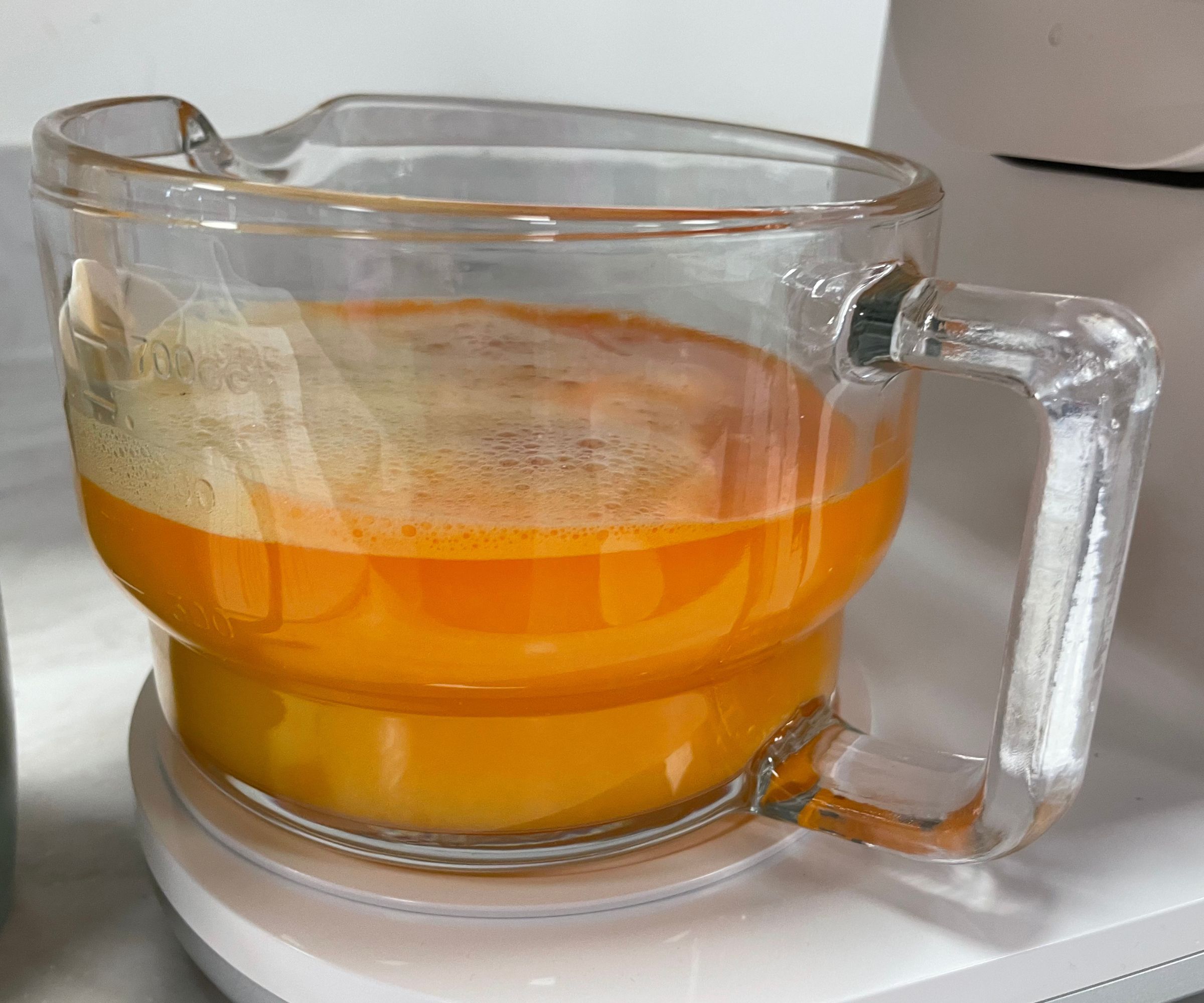
A classic test for any juicer is, of course, orange juice. We wanted to give the Tribest a bit more of a challenge, so made orange and carrot juice to test how it handles stiff root vegetables. There’s a knob at the end of the juicer which you can twist to choose how much pulp you have in your juice, so if you like some texture, you can loosen it, I had it on the tightest setting to find out just how crisp the Tribest could get my orange juice.
There’s a load of prep that you’ll need to do before juicing. First, the Tribest can only juice one food texture at a time. Carrots, a root vegetable, and oranges, a soft fruit, for example, cannot go together. You have to adjust the pulp knob for the different fruits and vegetables that you’re using.
I started with the carrot, but the Tribest relies on you to power the juicer. The twin gears simply rotate, so you need to push hard on the tamper to feed fruit and veg through.
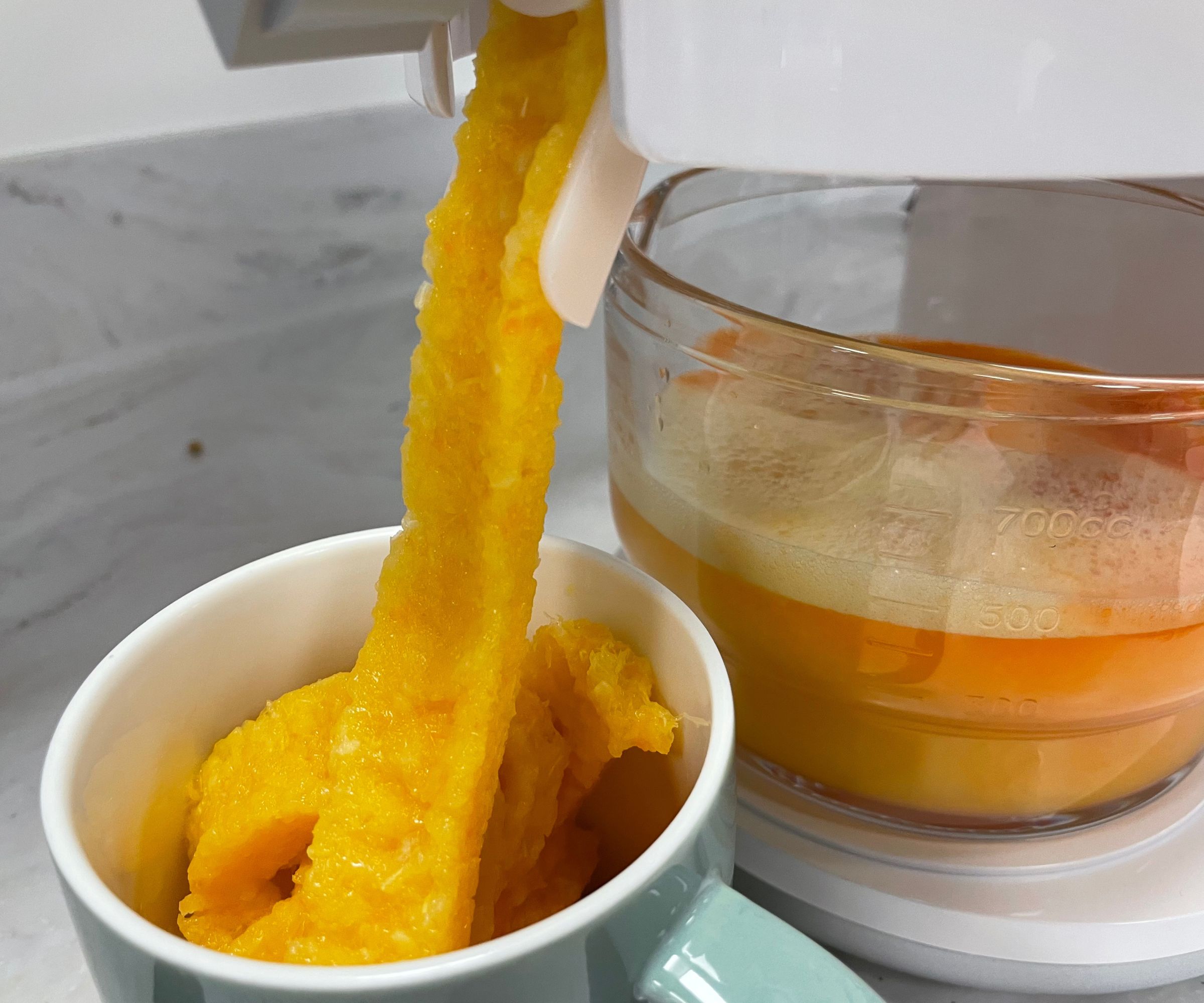
This doesn't sound like a big inconvenience, but it's worth noting if you have mobility issues. I happen to be recovering from an operation, so I had to enlist the help of the other experts to push the carrot through the gears. If you have issues like arthritis, you'll struggle with this juicer. To be fair, once I had juiced the carrot, I placed my peeled orange segments in and they sailed straight through the juicer.
The pulp which came out was quite dry and firm, a good indicator that this was extracting the maximal amount of juice. I made half a liter from just three oranges and a carrot, which is a pretty remarkable extraction rate.
When it came to taste testing, all the effort of juicing the carrot and orange made sense. This was incredible juice, the best we've ever made in the test kitchen. It was light, smooth, and crisp. The only thing our experts wished for another round of juice, evidence that this was a success.
Test 2: Green juice
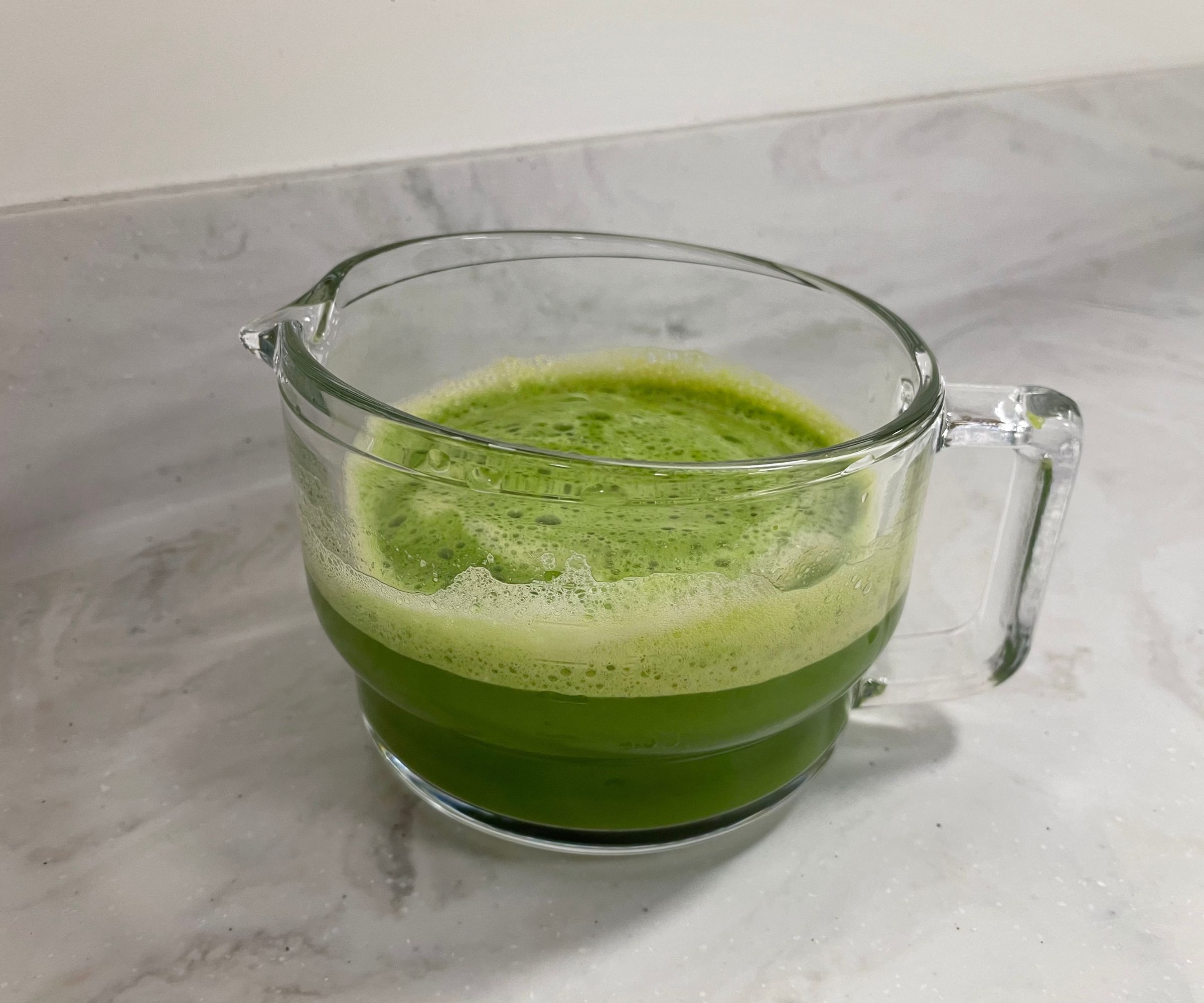
The green juice followed a similar narrative to the orange juice. I used two apples, half a cucumber, and half a bag of spinach to make the juice. These all needed prepping: my apple slices were too big for the very narrow (2 inch) feeding chute, as was the cucumber. Tribest’s guide recommends rolling up greens into balls, one per leaf. For spinach, this seemed like overkill, so I made bigger balls of multiple leaves and they juiced fine. Again, I had to juice each ingredient separately, on different settings, which was a little time consuming, but the resultant juice was worth it.
There was a layer foam on top of the juice, which isn’t always a good sign with juicers: it means that there’s been a lot of air created when the fruit and vegetables were crushed, as opposed to a tight press. However, the flavors of the green juice told a different story. This was absolutely delicious. The whole test team loved it. We agreed that if juicing equates to healthy living (and we could all own Tribests), we could lead incredibly healthy lives.
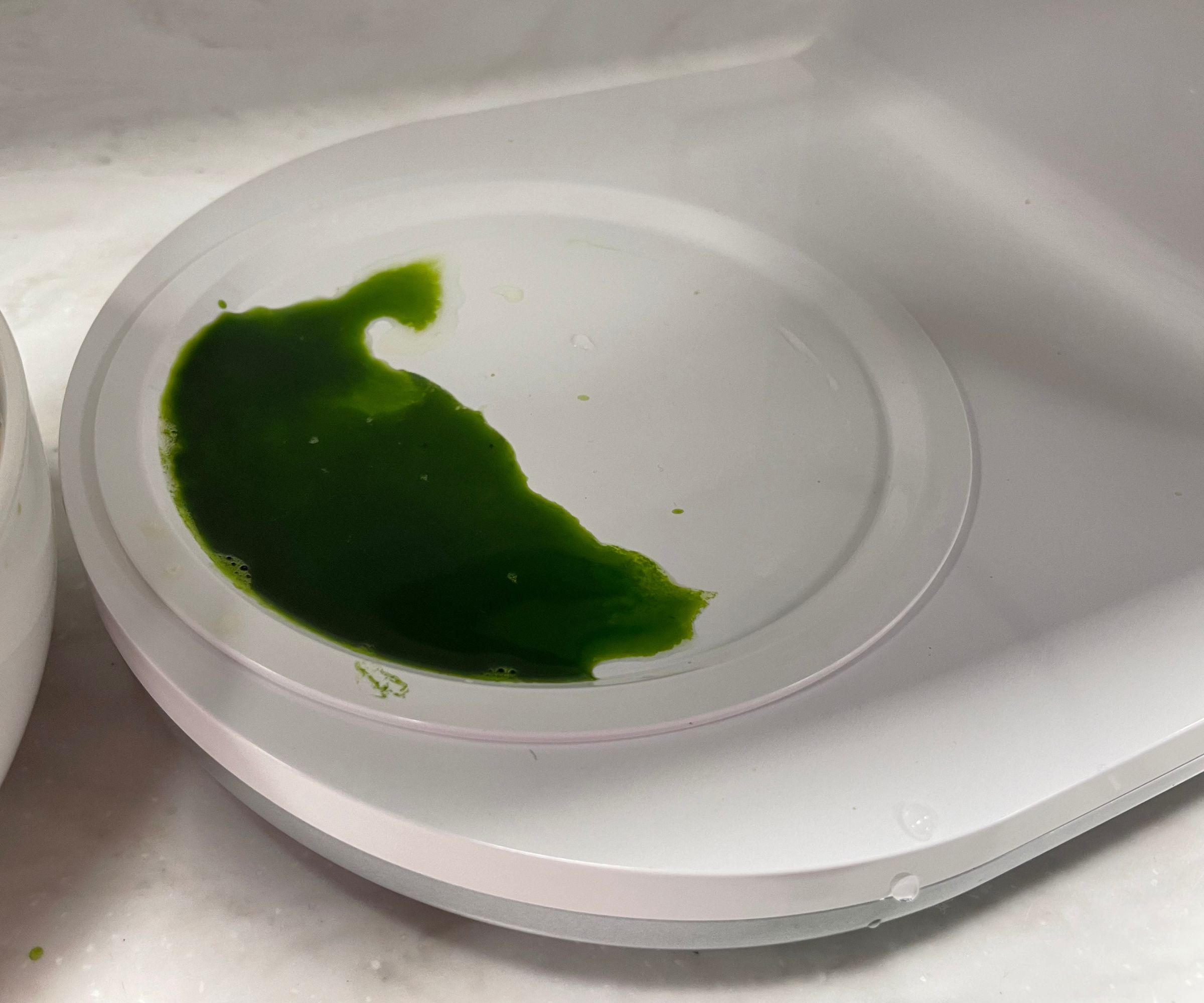
The only thing to note is that whilst we were all enjoying the green juice, the Tribest was surely and steadily dripping green froth and foam onto the drip tray, creating an inconvenient mess. You’re better to leave the jug or a container underneath so that you can catch every last drop: you won’t want to waste any.
Test 3: almond milk
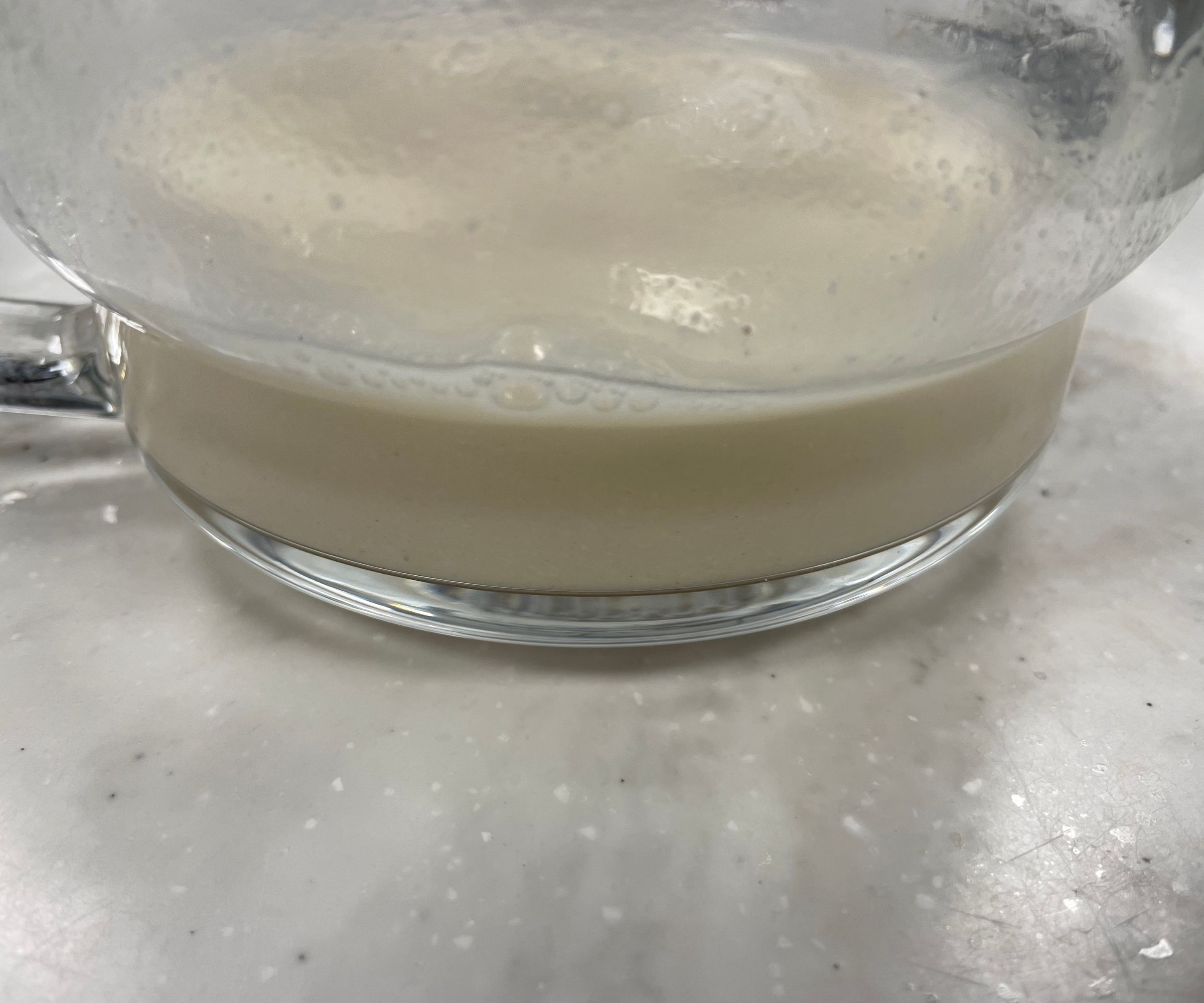
I’m a committed almond milk drinker and regularly make my own almond milk at home, so this was a tough test for the Tribest. I soaked almonds and dates in water, then drained them and fed them into the juicer after swapping in the right filter.
The almonds were really hard to push through the two cogs, so soak them for as long as you possibly can. Once you’ve forced them through, you’ll see a marzipan-like paste in your jug. This can mix with water in the jug and then needs to be strained through the sieve (provided). It’s a lot of work, but the almond milk was incredible. It tasted as smooth as store bought, but much purer. All the hassle was worth it.
Test 4: Sorbet
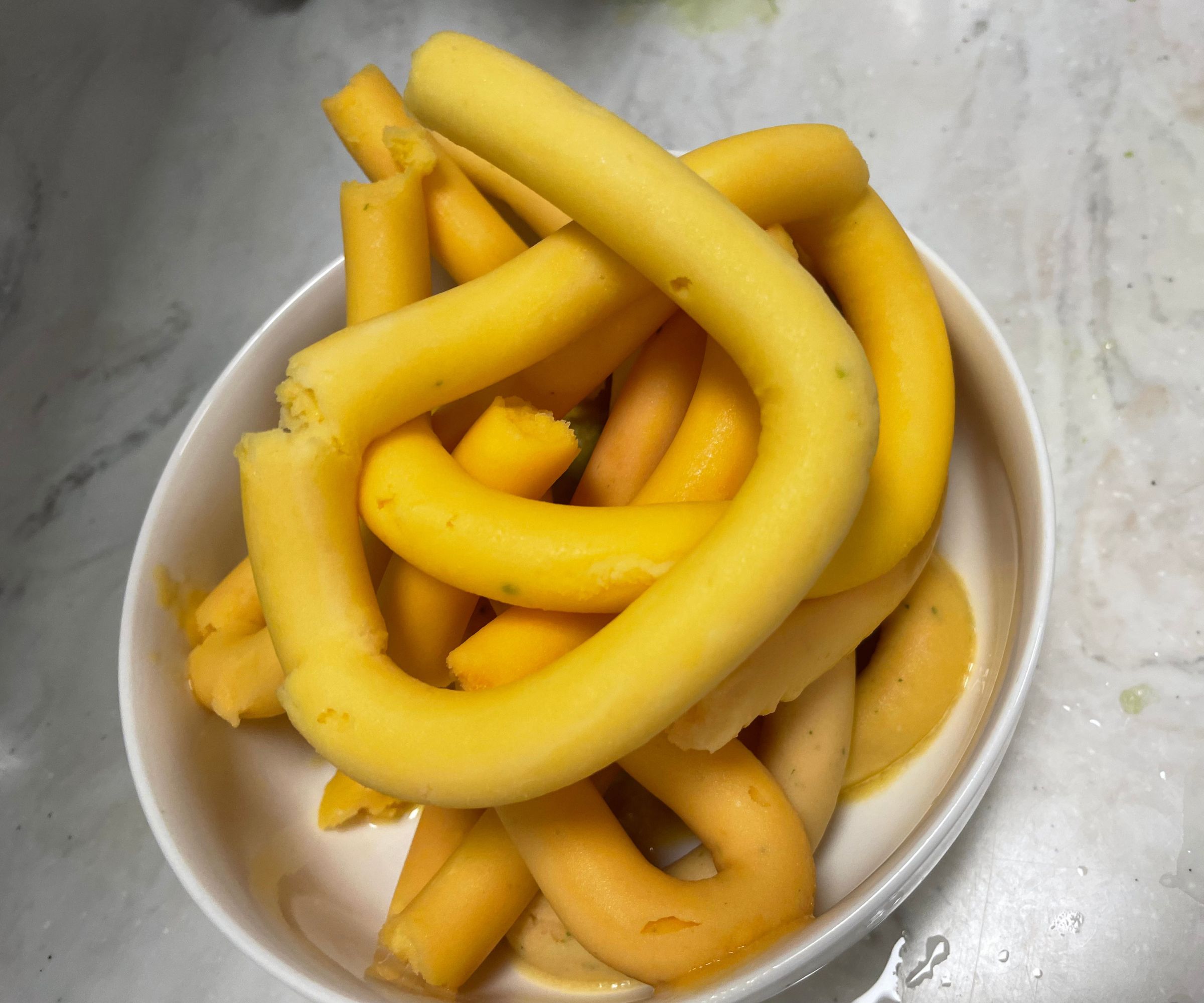
Moving on to the sorbet meant disassembling the Tribest and putting it back together with the breadstick knob and a blocker. We then fed frozen mango, pineapple, and papaya into the juicer piece by piece.
I had to enlist the help of another expert tester, because this required more strength than I was willing to supply. Slowly but surely, sorbet started coming out of the breadstick hole. It was a little sloppy at first, and mixed in with some stray greens from the juice, even though we gave the machine a pretty thorough wash. However, within a few seconds, a solid sorbet tube was pouring out of the breadstick opening.
It didn't look the most appetizing, but the flavour and texture was unbeatable. The sorbet was dense, a lot like gelato and deliciously smooth. Of course, this juiced our fruit mix in separate chunks, so some of us had mouthfuls of papaya sorbet whilst others enjoyed pineapple sorbet. Either way, it was delicious and stayed frozen a lot longer than cheap, airy sorbet. In fact, we left it on the countertop in our warm kitchen, had lunch, and came back half an hour later and this pretty much hadn’t changed appearance wise. It was incredible.
Cleaning, storage, and maintenance
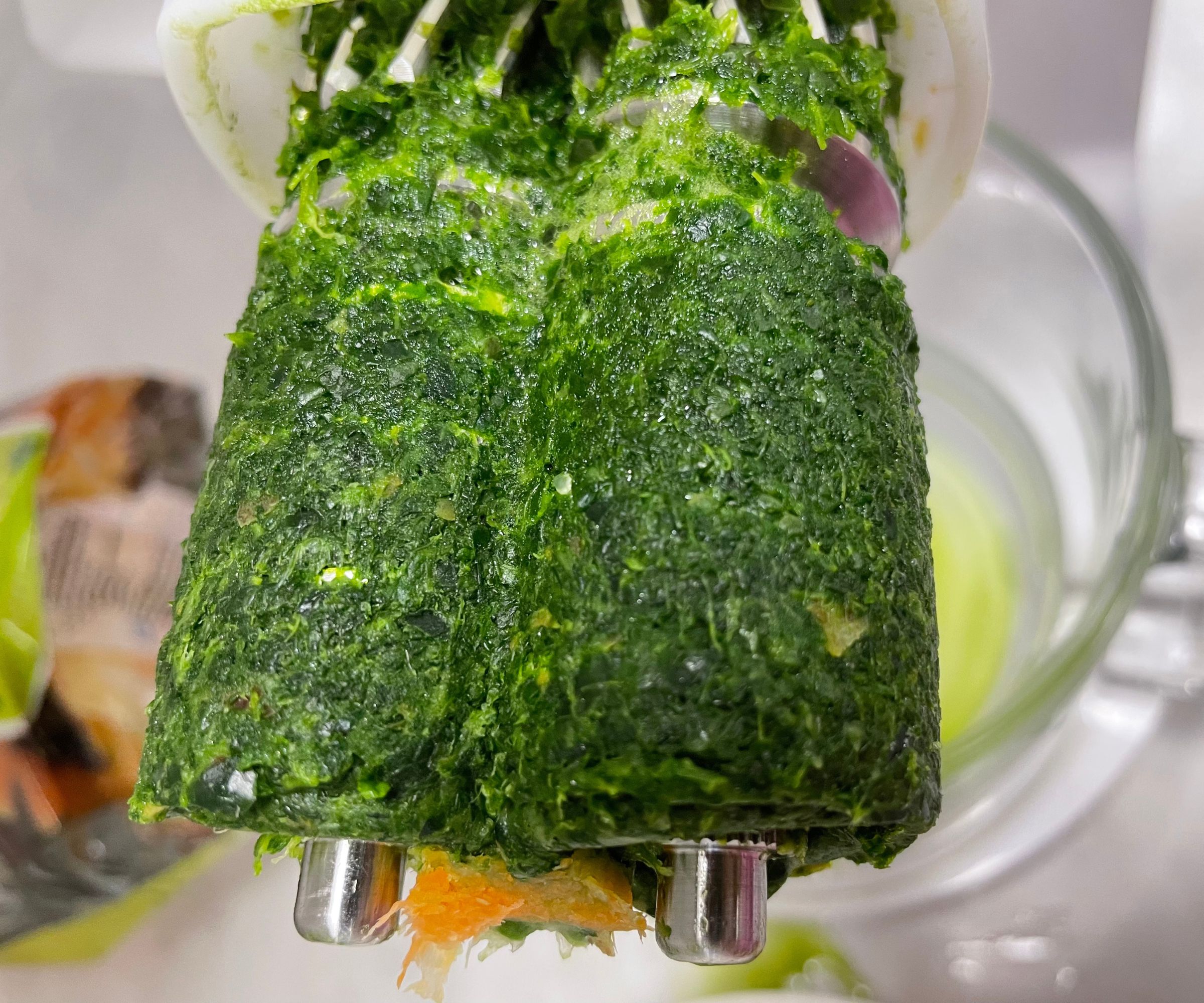
As I’ve mentioned, assembling and disassembling the Tribest is the most time consuming aspect of the juicer, so cleaning it takes effort. There are lots of parts with narrow gaps and grooves, which require you to bring out the big guns: the special cleaning wand. The dates and almonds had really stuck themselves into the cogs and I felt quite exasperated cleaning them, so would recommend letting them soak and soften before attempting to tackle them. Luckily, the plastic casing is easy to wipe down and stays looking clean pretty effortlessly.
As for storage, this is a big and heavy machine. I would recommend establishing a juicing station and staying there. You won’t want to move this around often. If you do, make sure you’re not lifting it from high up.
How does it rate online?
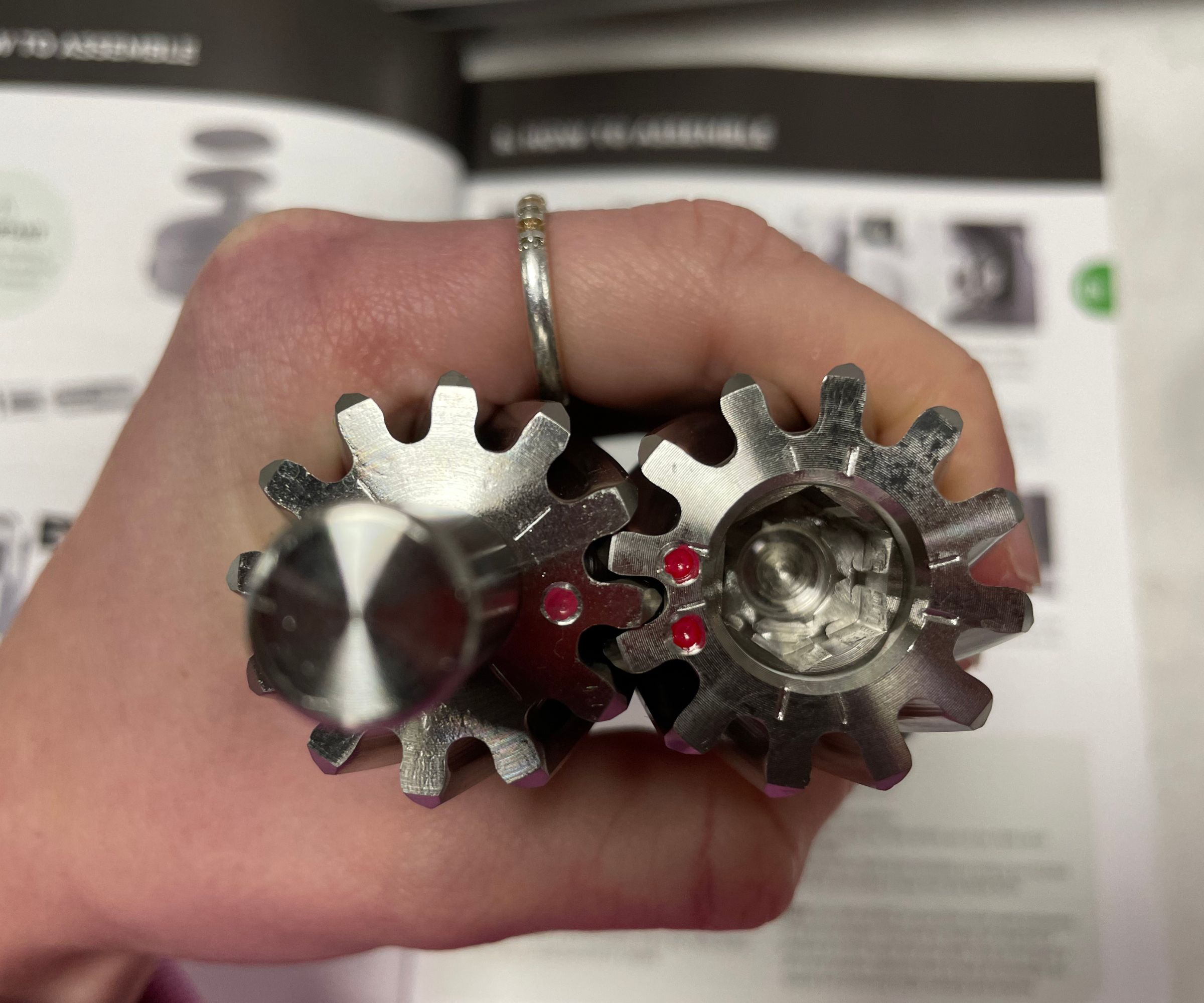
This is a relatively new model on the market, so there are few reviews out yet. However, those that have invested in it seem to be happy with their purchase. Most people who owned the Tribest seemed to be serious about juicing, because they appreciated nuances, such as the way the twin gears extract juice from leafy greens, and the bio ceramic technology which reduces oxidation. I was surprised to find that lots of people use their Tribest juicers for years, many pointed out that their older models have more than outlasted the 12 year warranty.
Some people commented on the strength needed to push vegetables through the juicer. These tended to be people, like me, who had either suffered from injuries or who are not quite as strong as they used to be. People also, inevitably, said that this is heavy and big, so will be quite dominant on the countertop.
How does it compare?
I'm a dedicated juicer, so am always excited when new models get released. There's no doubt that the Tribest is the most versatile juicer on the market. I've never tested ones which can make breadsticks and dips as well as sorbets and juices. That's why this is the best option for foodies; it can do so much.
However, for the price, you could buy the best juicer in our buying guide and still have some change left over. The Kuvings EVO820 is more attractive, has a wider feeding chute (so requires less prep), and can still make smoothies, sorbets, and plant-based milks. It's quicker to use, because you don't need to force ingredients through the twin gears and it still extracts a good amount of juice. However, the Kuvings doesn't solve the fact that this is still pretty big on the countertop, so both the Tribest and the Kuvings are better suited to bigger kitchens.
If you're looking for a better budget option, which doesn't take up much room either, the NutriBullet Slow Juicer is an excellent option. It extracts juice well and is relatively quiet, but doesn't make juice which tastes as crisp as the Tribest. We found a lot more pulp in the NutriBullet juices and felt that the lack of speed controls made it quite a basic model in comparison to the ultra-technical Tribest.
How we test
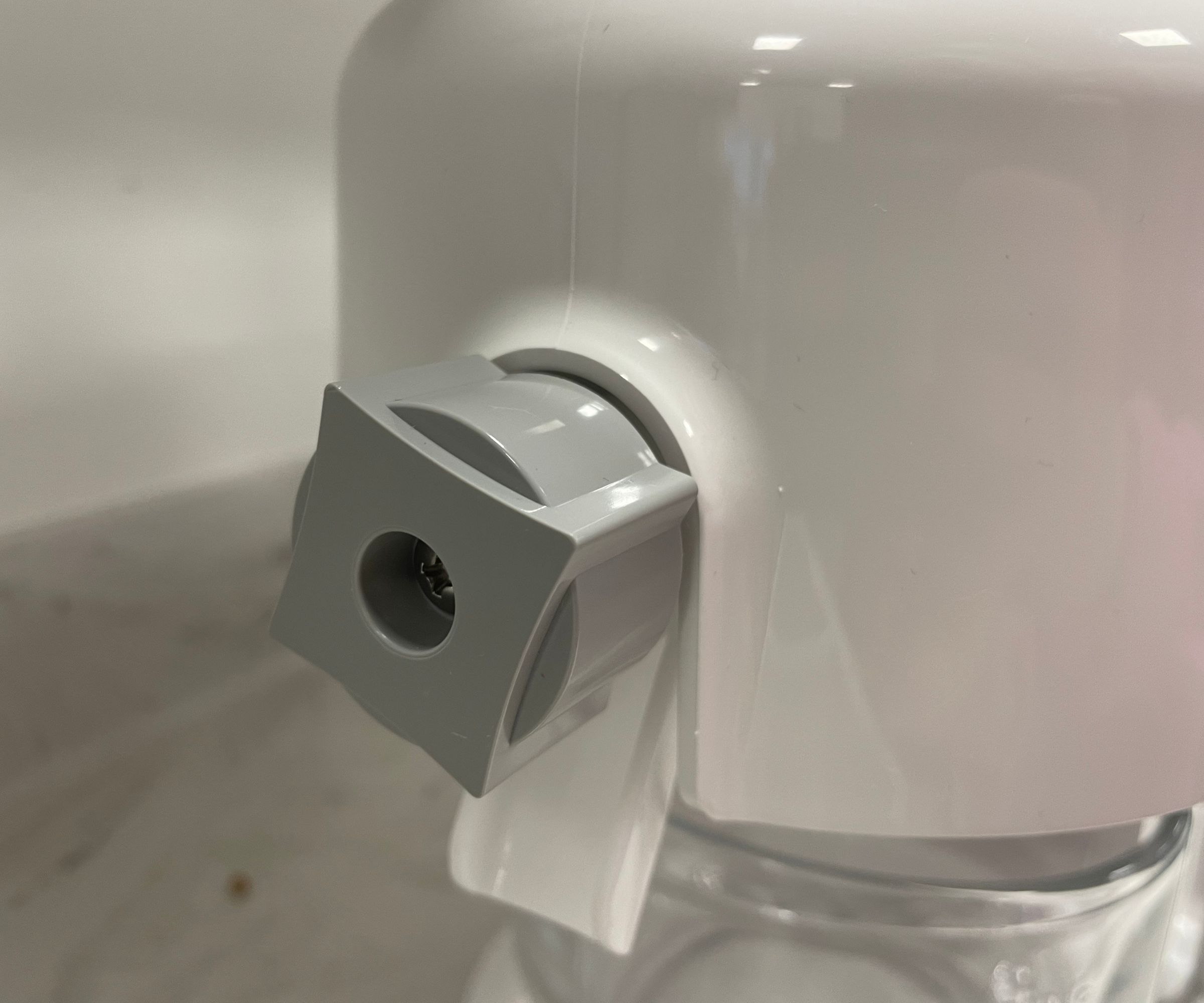
If you have the space, budget, and need for all of the Tribest GreenStar 5's functions, this is a great investment. You can get really technical with your juicing and will be able to enjoy some of the best juices on offer. However, if you don't plan on maxing out the Tribest's functions, you might feel like you've overpaid for a large and heavy juicer.
How we test
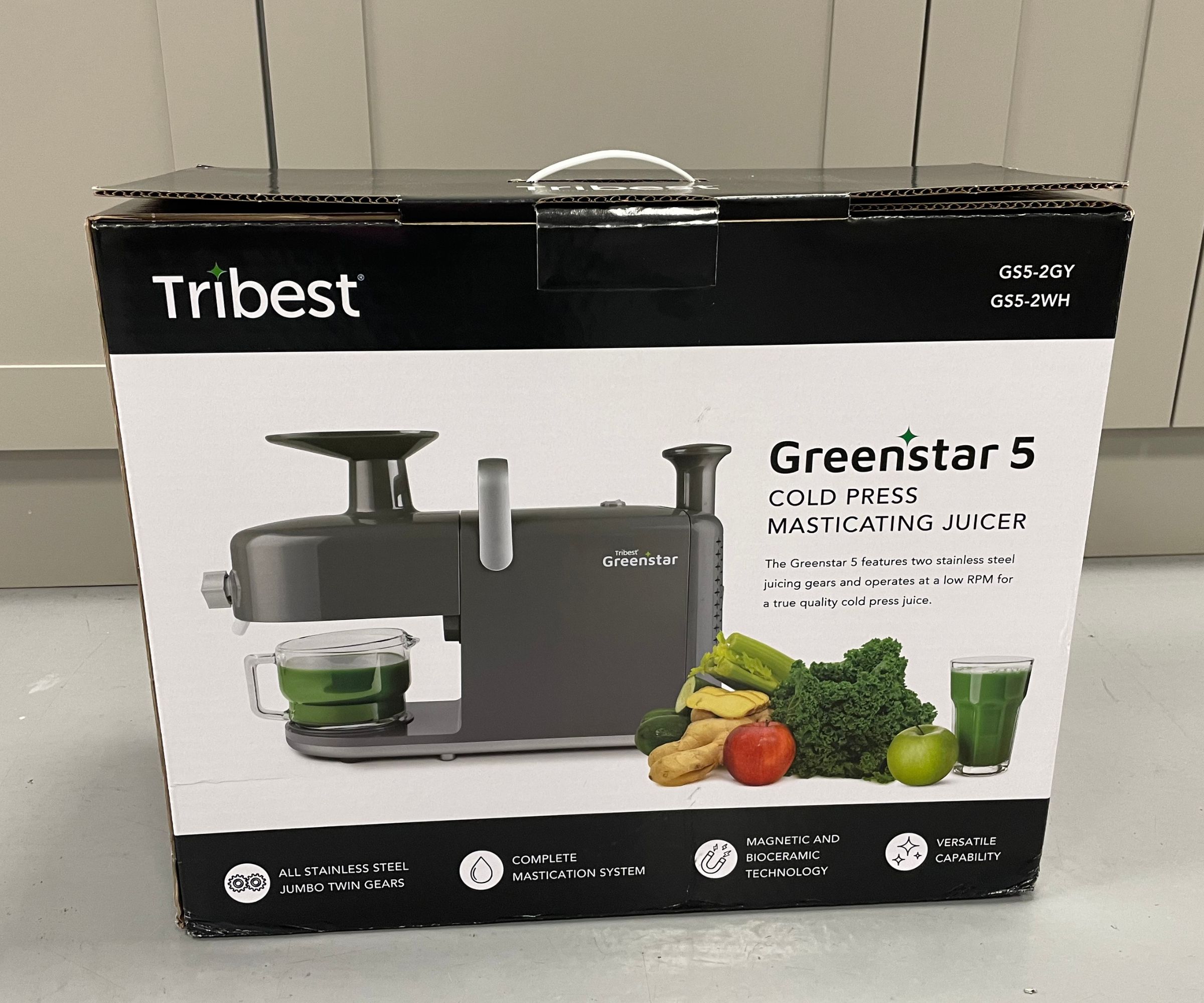
At Homes and Gardens, we pride ourselves on delivering reliable reviews, which represent real-life experiences with products. We have a team of dedicated experts who take every appliance we recommend to our test kitchen. There, we put them through a series of tests, designed to replicate how you would use your juicer in real life: we test orange juice, green juice, almond milk, and any other functions, such as sorbet or smoothies. Once our tests are completed, we have a comprehensive idea of what an appliance is like to use, so that we can offer you insights into an appliance's quirks, pros, and potential cons. If you're interested to find out more about the process, you can read our dedicated page for how we test.
Sign up to the Homes & Gardens newsletter
Design expertise in your inbox – from inspiring decorating ideas and beautiful celebrity homes to practical gardening advice and shopping round-ups.

Laura is our eCommerce editor. As a fully qualified barista, she's our expert in all things coffee and has tested over thirty of the best coffee makers on the market. She has also interviewed Q-Graders and world-leading experts in the coffee industry, so has an intimate knowledge of all things coffee. Before joining Homes & Gardens, she studied English at Oxford University. Whilst studying, she trained as a master perfumer and worked in the luxury fragrance industry for five years. Her collection of home fragrance is extensive and she's met and interviewed five of the world's finest perfumers (also known as 'noses'). As a result of this expansive fragrance knowledge, she always puts quality and style over quantity and fads. Laura looks for products which have been designed simply and with thoughtful finishes.
-
 Reese Witherspoon upgraded a small corner into a cozy reading nook – designers say you can replicate her 'ultimate little escape' (from $18)
Reese Witherspoon upgraded a small corner into a cozy reading nook – designers say you can replicate her 'ultimate little escape' (from $18)'It’s all about comfort, calm, and just the right amount of cozy': You only need three things to follow Reese's example – and it's not only for book lovers
By Megan Slack Published
-
 Kevin Bacon and Kyra Sedgwick's rustic kitchen island is stunning, but controversial – designers say you can get the look without the hassle
Kevin Bacon and Kyra Sedgwick's rustic kitchen island is stunning, but controversial – designers say you can get the look without the hassleA popular material finds an unorthodox home in the couple's kitchen, but experts disagree on whether it should be used – here's how to do it instead
By Sophie Edwards Published
-
 I struggled for 10 years to redesign my living room until I saw Joanna Gaines's 'quiet luxury masterpiece' – she's totally reinvented '50s style
I struggled for 10 years to redesign my living room until I saw Joanna Gaines's 'quiet luxury masterpiece' – she's totally reinvented '50s styleI was never a fan of '50s style until I saw this perfect room
By Jennifer Ebert Published